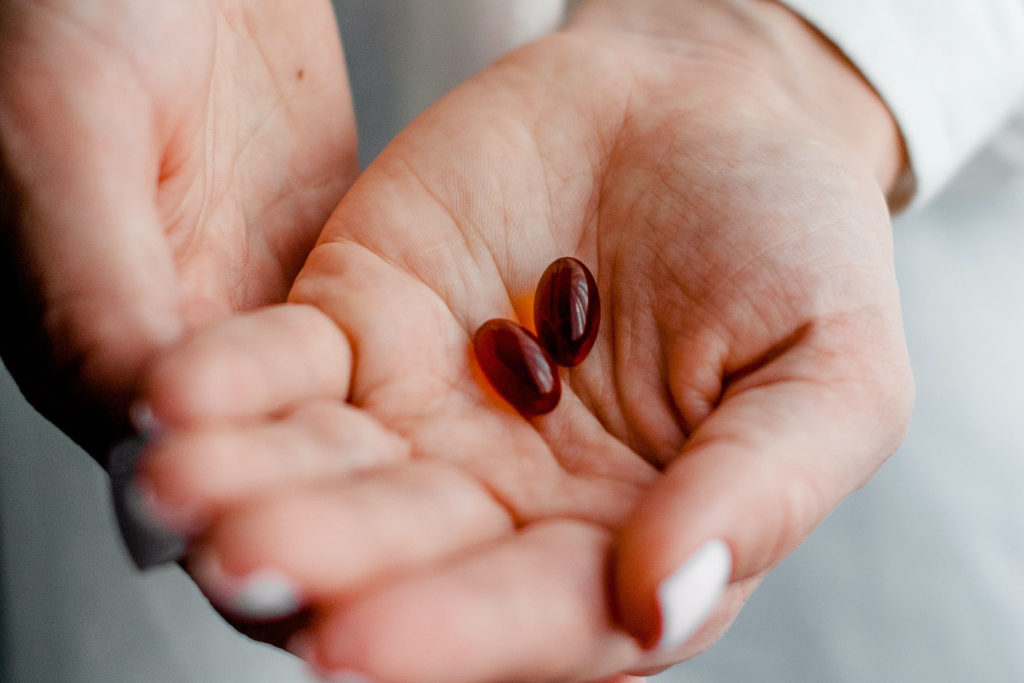Ulcerative colitis
- The digestive system is made up of the digestive tract (the gut) and other organs that help your body break down and absorb food. It is a long, twisting tube that starts at the mouth and goes all the way to the anus.
- There are currently 100,000 people in Australia with Crohn’s disease or ulcerative colitis and this number is expected to rise into the future.
- Ulcerative colitis is most common in Caucasians but it can affect people from any racial group.
- More than 200 genes have been connected to inflammatory bowel disease.
- After 30 years of having ulcerative colitis, approximately 35% of people may need surgery to treat the disease.



